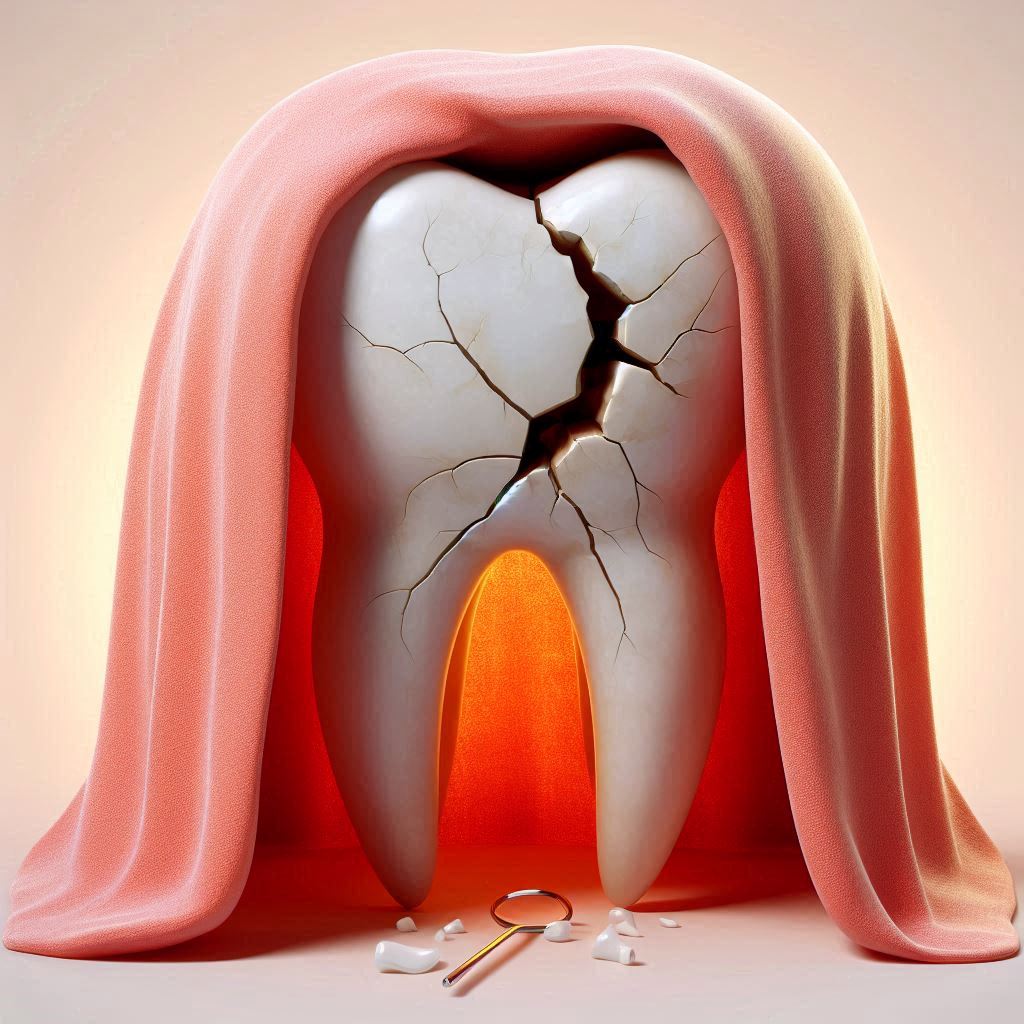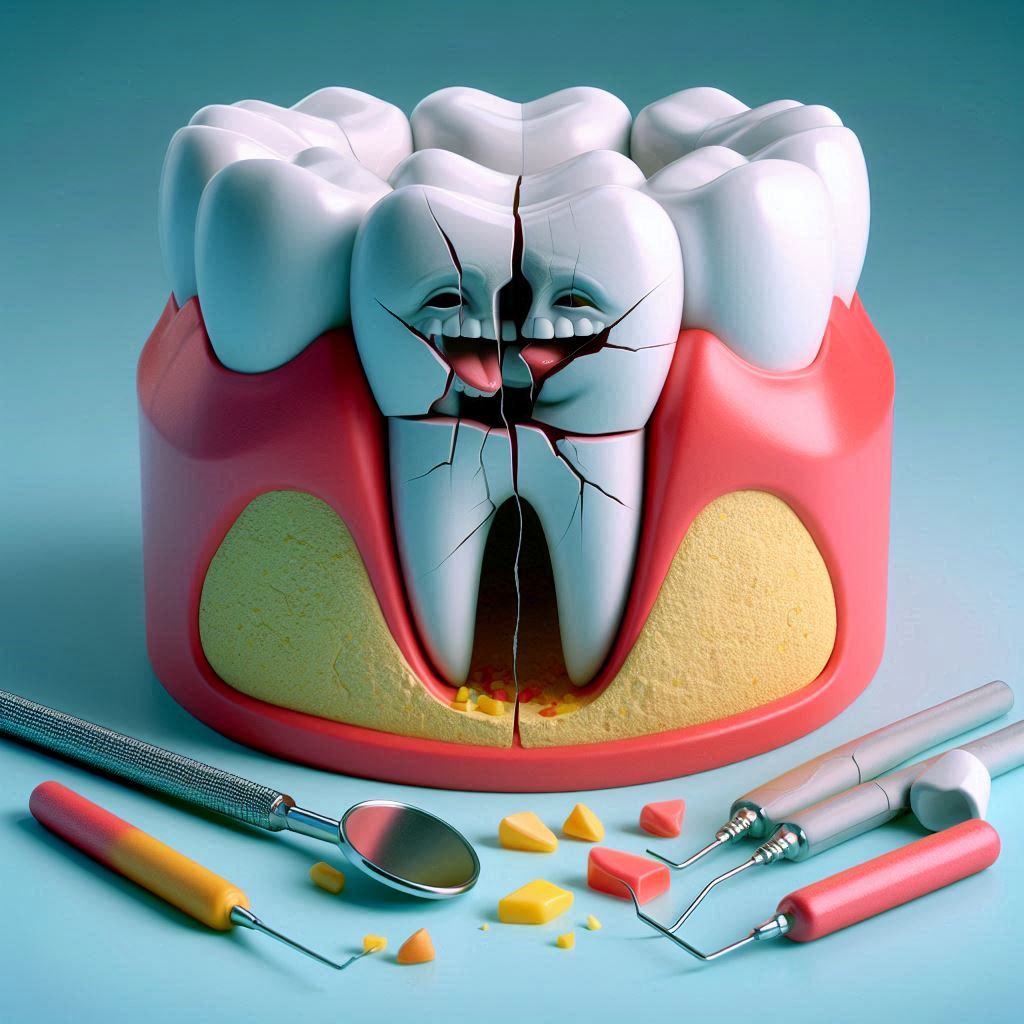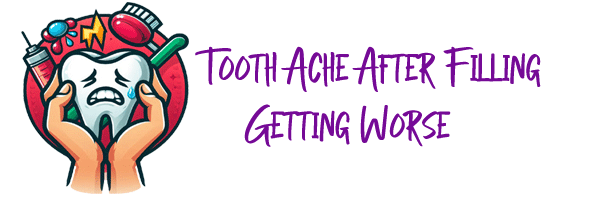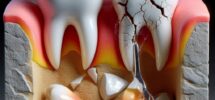A tooth is like a fortress — built strong, layered, and designed to withstand the battles of daily life: biting, chewing, grinding, and the occasional midnight snack. But even the mightiest walls can develop hairline cracks, tiny fractures invisible to the eye yet devastating over time. And sometimes, in an effort to protect and restore this fortress — through a filling — we unknowingly place stress on already weakened walls.

That’s how it begins: the silent unraveling of a tooth. A fracture. A split. A pain that whispers, then screams. And all too often, it leaves the patient wondering: Why is my tooth ache after filling getting worse instead of better?
A Patch Over a Crumbling Wall
Let’s say a deep cavity invades the core of your tooth. The decay is cleaned out, and a filling — whether amalgam or composite — is placed to seal and restore. But what if the cavity had already left your tooth fragile, like an old tree hollowed by termites? On the surface, it looks healed.
And sometimes, it takes just a little pressure — one hard bite, a piece of crusty bread, or even the force of the filling itself — for that delicate structure to give way.
The tooth splits.

It doesn’t always crack dramatically in half. Often, it’s a hairline fracture that begins to deepen with each bite, each chew, until the discomfort becomes unmistakable. That’s when the realization dawns: My tooth ache after filling is getting worse — not better.
Pain, the Messenger
The pain of a post-filling tooth fracture isn’t like the initial cavity. It’s different — deeper, sharper, more persistent. You might feel it only when you bite down, as if the tooth is flexing.There might be visible signs — a tiny line, a chip — or none at all.
But the ache tells a story: your tooth has been compromised from within.
The Role of Stress and Filling Pressure
Dental fillings are meant to restore, but in restoring shape, they also exert internal pressure. Imagine patching a cracked vase — fill the crack too tightly, and the stress could cause new fractures. The same happens in teeth, especially those already weakened by large cavities or grinding habits (bruxism).
Sometimes, even the process of placing the filling, especially if it’s deep, generates heat or force that contributes to microfractures. Over time, these tiny imperfections can spread, like a windshield crack that stretches with every bump in the road.
And before long, the patient notices: This tooth ache after filling is getting worse with every passing day.
Restoring the Broken Fortress
The solution depends on the severity of the fracture.But in more serious cases — like when the fracture extends into the root — a crown, root canal, or even extraction might be needed.
Early detection is key. That’s why it’s vital to listen when your tooth speaks — even in whispers. Don’t dismiss the discomfort after a filling as “normal healing” if it lingers or worsens.
The Lesson in the Fracture
A tooth splitting post filling isn’t just a dental event — it’s a reminder that restoration must account for both what is seen and what lies beneath. Just like a bandage doesn’t heal a bone, a filling doesn’t automatically strengthen a fragile tooth. It restores function — but the inner integrity must still hold.
So if you’re experiencing a tooth ache after filling getting worse, consider this: you may not be dealing with a bad filling — you may be facing a hidden fracture that’s finally making itself known.


